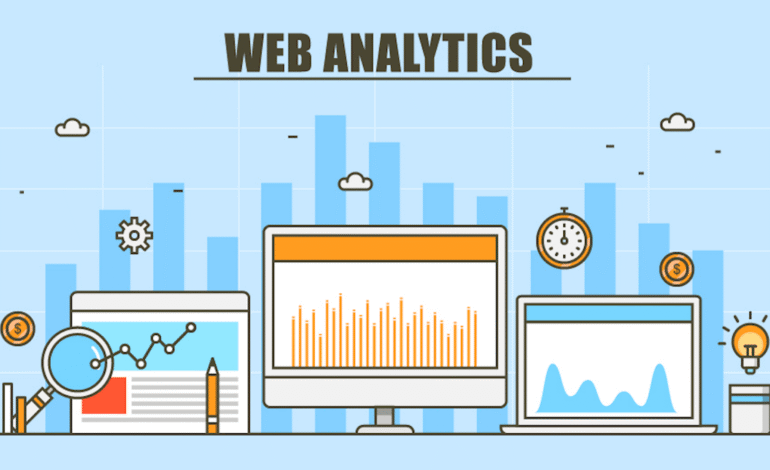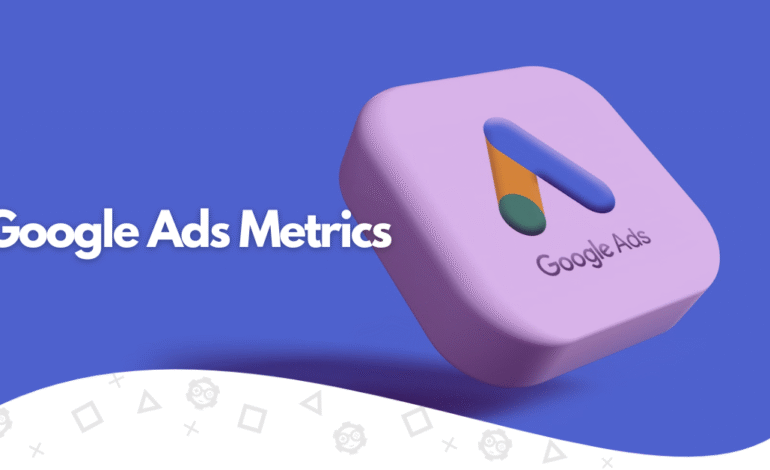Web analytics and 5 tools to measure your online results

When we measure our results online, knowledge is power. A few years ago, marketers had very little information about the results of what we were doing, and there was plenty of room for estimates and assumptions that were never entirely accurate. But that era is now over.
In online marketing, we have a large amount of information about how our users respond, and we can analyze it to improve our results. One of the pillars of this analysis is web analytics; therefore, today, we are going to see what it consists of, the 5 steps to measure online results, and 5 fundamental tools.
What is web analytics?
Web analytics is the collection of information that users generate when they visit our website and interact with it in a variety of ways. Subsequently, we analyse all this data to obtain insights that help us improve our marketing: optimise the website to increase conversions, improve our marketing campaigns, identify our potential audience…
Originally, web analytics was focused on the technical aspects of the site, such as loading time and other details of how it works. Over time, it has shifted more focus to marketing-related metrics, such as average time spent on each visit or conversions. In reality, both are aspects to consider, as the technical part is still very important to ensure a good user experience.
Another important distinction is that of web analytics versus digital analytics. As its name suggests, the former focuses exclusively on the brand’s website. Although it is essential to evaluate the performance of our website (especially if we have an e-commerce site), we cannot forget that it is one more point of contact within an integrated digital marketing strategy. For this reason, digital analytics is responsible for measuring the online results of all the channels that make up our marketing (social networks, mobile applications, email marketing…)
How to measure your results online in 5 steps?
- Set your goals. Web analytics must be linked to business objectives; otherwise, you won’t be really contributing to our marketing. That’s why the first thing you need to do is sit down and define what you want to achieve with your website and set a series of KPIs (key performance indicators).
- Collect the data. Here, it is important to gather all the information we need, but without getting lost in unnecessary data. To store and visualize all this information, we will use digital analytics tools (such as those explained in the next section).
- Filter the data. To ensure that the data is really useful and actionable (that is, that we will be able to use it for the objectives sought), we must use functionalities such as conversion funnels or segments.
- Put the data in context. A figure alone doesn’t tell us anything, so we must devise web analytics visualization tools (such as dashboards) where we can see the metrics in their context and link them to the KPIs we have defined.
- Analyze and conclude. Finally, we will have to do the analysis work itself, segmenting and comparing the data to obtain valuable business insights, for example, measuring the results of the actions and deciding how we can improve them.
5 Star Web Analytics Tools
1) Google Analytics
Google Analytics is undoubtedly the most popular and widely used web analytics tool for measuring results, as it is free and relatively easy to install.
Most users have a basic understanding of Google Analytics, but the truth is that it is a much more complex and comprehensive tool than it may seem at first glance. If we make the investment of time and resources necessary to train and configure it well, we can obtain lots of valuable information in a format that is easy to visualize and understand.
2) Alexa
This simple tool provides you with information about the ranking of your website against the most visited websites, making it very useful for benchmark reports. You’ll be able to monitor your website and competitors’ websites and see how they’re evolving.
Of course, although the information it provides is very useful to give a general idea of your positioning, you should keep in mind that the data comes only from users who have the Alexa Toolbar installed.
3) True Social Metrics
This tool belongs more to the field of digital analytics, but it is very useful for measuring results and calculating the return on investment in social networks. With it, you can obtain information such as interactions per post, conversion rate, economic value, or the most popular content.
True Social Metrics has a free basic version, but if you’re going to use it regularly, it’s highly recommended to opt for the paid version.
4) Moz
In reality, Moz is not a single tool, but a set of both free and paid (“freemium”) tools to measure your results online. These are the main ones:
- Open Site Explorer: to analyze incoming links from your website and those of competitors.
- Moz Content: to perform content audits and identify the highest performing content on your website. The free version allows one audit per month.
- Moz Local: to improve your ranking among geolocated search results.
- MozBar: a plugin that you can install to see general information about any Google results page, quickly and conveniently.
- MozCast: A fun tool to measure your results on Google and present them in the form of a weather report. Not everything was going to be serious in web analytics!
5) Google Console
Finally, another free and very complete tool from Google, in this case focused on monitoring the presence of your website in its search results.
It offers all kinds of information related to your web positioning: content accessibility, site maintenance, related keywords…










